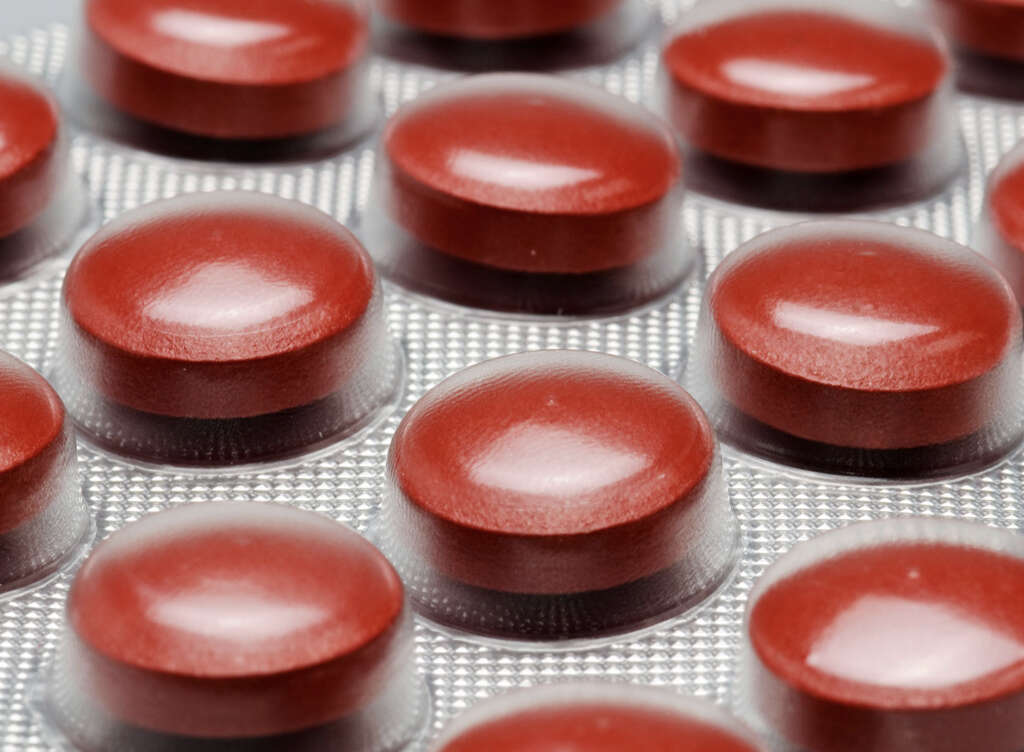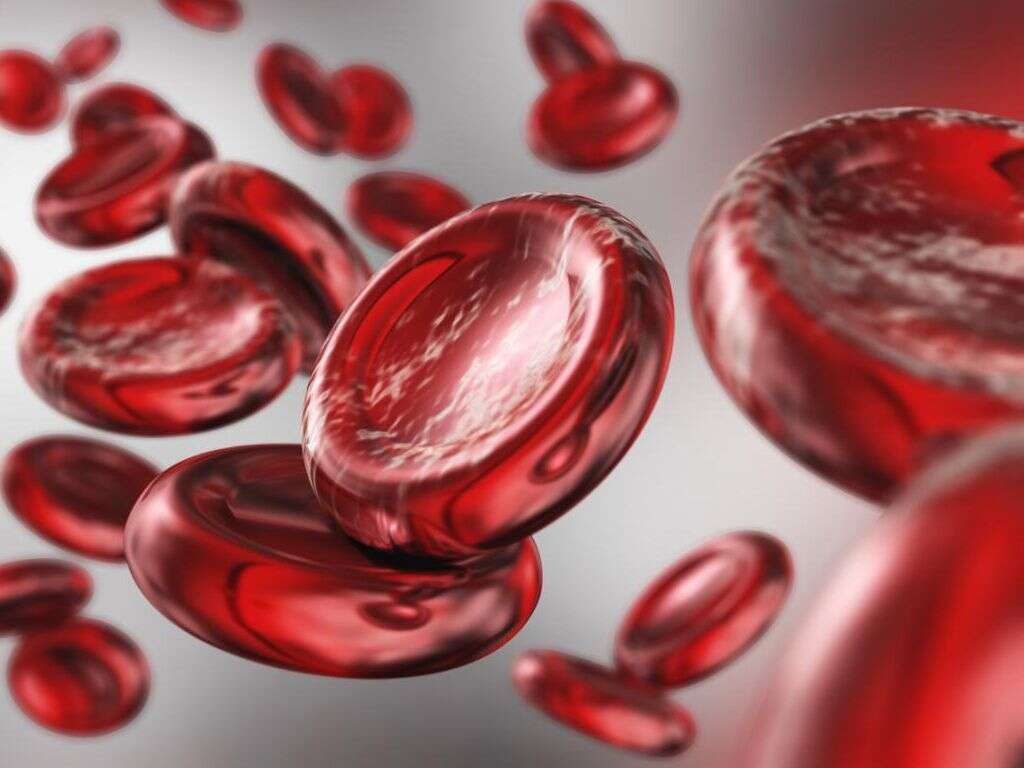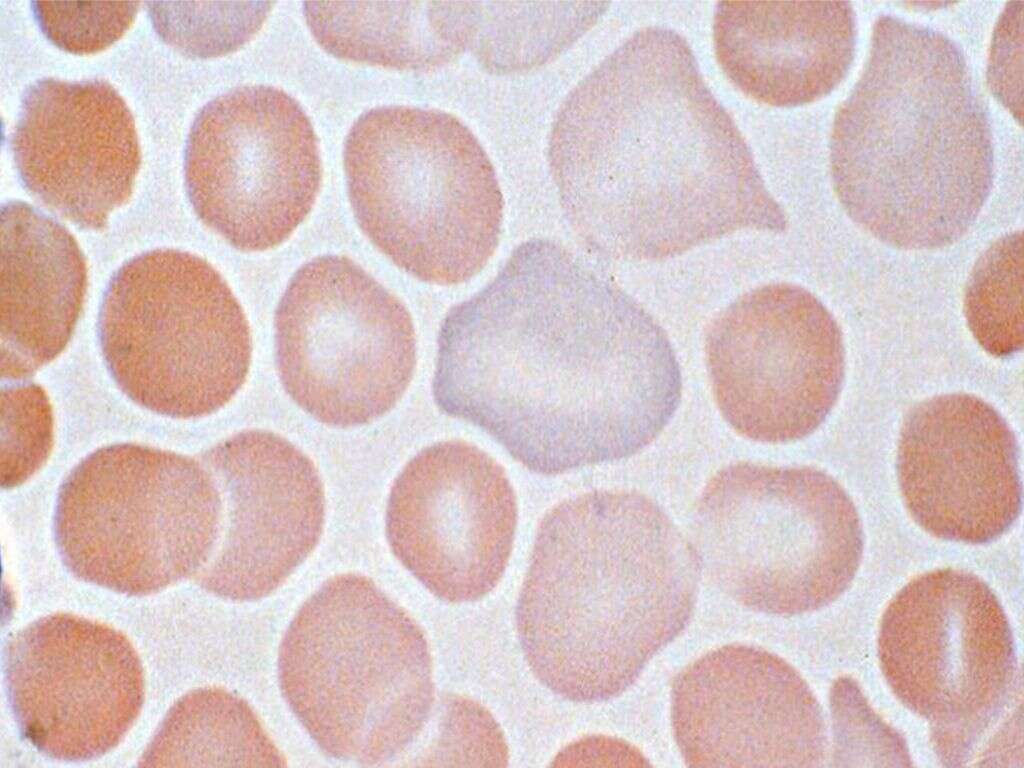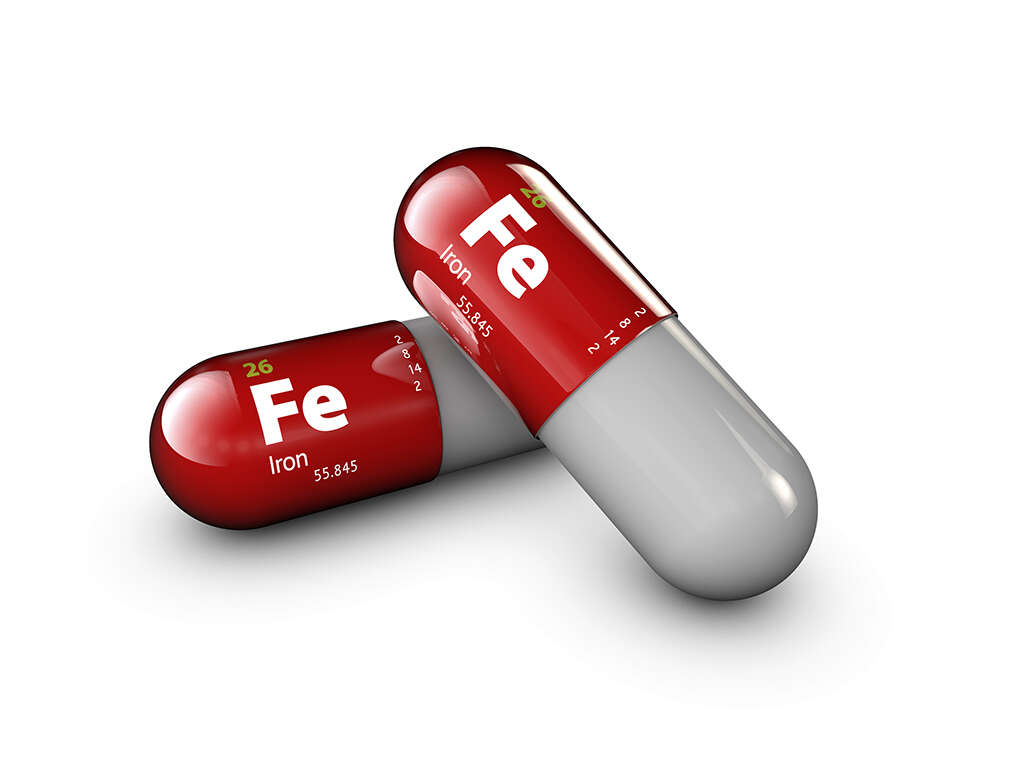What Is Iron Deficiency Anemia?
When we think of iron, we tend to think of vast metallic structures and industry. As important as it is to us on this scale, the metal is also very important to us on a much smaller scales. In addition to being a metal, it is also an important mineral. This is largely down to the relationship the metal has with oxygen.
Oxygen is attracted to iron, and oxygen is very important for the cells in our body. Iron is used to create our red blood cells and this means that our red blood cells are able to carry oxygen to where it is needed. This means it very important that we have access to the metal, and not having enough of it can make us rather ill.

1. Iron Deficiency Anemia
This is a relatively common condition of the blood. It means that the patient doesn’t have sufficient red blood cells. The reason for this is that there is not enough hemoglobin with which to make red blood cells. The reason for the lack of hemoglobin is a lack of iron which is needed to make hemoglobin with.
Not having enough red blood cells means the blood’s oxygen carrying capability is reduced. This, in turn, can result in a number of unwelcome symptoms for the patient. Iron deficiency anemia is usually straightforward to treat, but it is something that needs to be addressed.
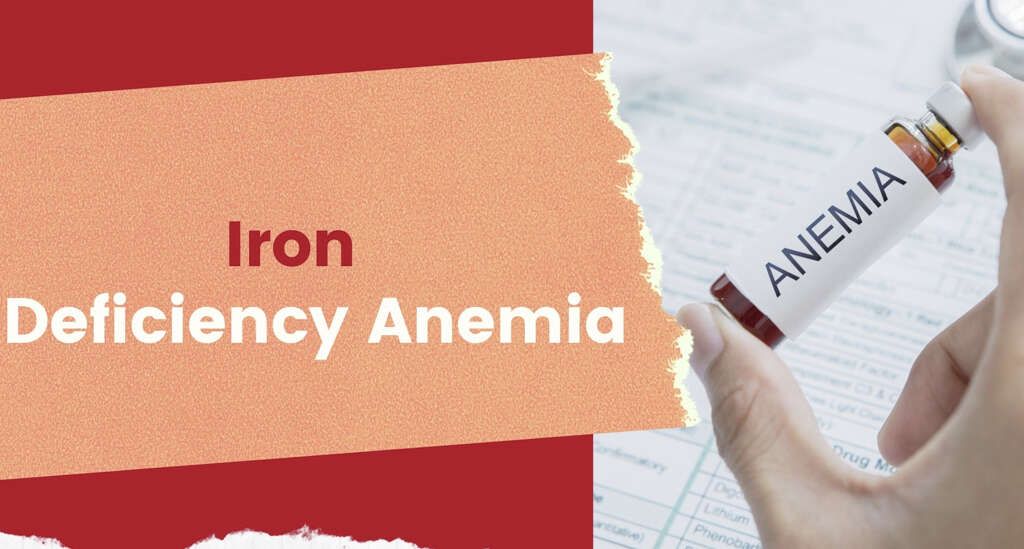
2. Diet
One potential cause of iron deficiency anemia is that the patient does not have enough iron in their diet. This is uncommon in the developed world but is more prevalent in parts of the world where people don’t have access to a balanced diet. In developed nations it may happen because the patient is eating a poor diet containing many processed foods.
One of the best sources of iron is meat and offal. Eggs are another good source of iron, as are leafy greens like spinach. Many foods are enriched with iron to help ensure the populace gets what they need and supplements are also available to provide iron if needed.

3. Blood Loss
A significant injury can cause us to lose a significant volume of blood. When we lose blood, we will also lose the iron that is in that blood and it can take some time for the body to catch up and replace it. This will mean the patient no longer has the levels of iron in their blood that they need.
The body can also lose blood in other ways as well as injury, including some internal medical conditions. These include peptic ulcers, colon polyps, colon cancer, and hernias. The overuse of some types of medication can also cause internal bleeding, and some women can become anemic after their period.

4. Pregnancy
As a fetus develops they will need an increasing volume of iron for their own blood. This puts more of a strain on the mother’s own stores of the metal, and this can cause the mother to become anemic. This is quite a normal phenomenon and is not necessarily something to be concerned about.
Anemia will not usually cause any harm to mother or child, although the mother can experience some unwelcome side-effects. More severe cases of anemia in pregnancy can result in problems like an early birth, however, so the condition should be treated. Thankfully, anemia in pregnancy is also usually easy to treat.
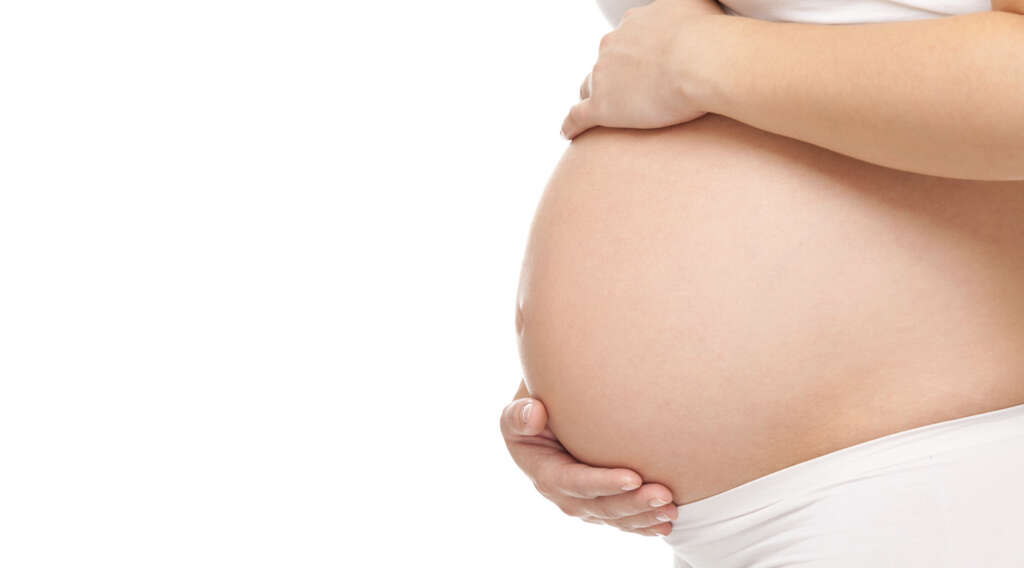
5. Digestive Issues
Some patients will have plenty of iron in their food, but still not have enough in their body. In some cases, this will be down to problems with the digestive system that prevent the patient from absorbing the iron they need. There are various potential underlying causes of this.
One such cause is that part of the small intestine has been removed or bypassed. This is a procedure that is sometimes performed in patients who are morbidly obese. Other potential causes include issues like celiac disease, which causes inflammation of the digestive system, hindering its ability to absorb nutrients, including iron.

6. Symptoms
In many cases, a patient with iron deficiency anemia may not even notice. Symptoms will begin to appear if the condition worsens, however. Common symptoms of the disease include fatigue and weakness. These happen because a lack of oxygen means the patient is unable to generate their own energy.
Other potential symptoms include cold hands and feet, and dizziness. The patient may also have a fast heart beat and chest pain, and they can also be short of breathe. Brittle nails are another potential symptom, as is a sore and inflamed tongue. Some patients will also lose their appetite, while some will develop some unusual cravings.

7. Complications
If it is left untreated then iron deficiency anemia can go on to cause complications for the patient. One of these is an irregular heartbeat. This happens because the heart is trying to work harder to make up for the low oxygen levels in the body. This, in turn, can lead to heart failure, or an enlarged heart.
Iron deficiency anemia in children can also lead to developmental problems and this can mean the patient grows to be smaller than they otherwise would be. Iron deficiency anemia can also make the patient more prone to infections. It will also cause premature births and/or underweight births in some cases.

8. Who’s At Risk?
Anybody can develop iron deficiency anemia, but those most at risk include women. This is usually because of menstruation. Children are also in a higher risk group, particularly those who are undergoing a spurt in growth. Parents should help ensure their children get the healthy, balanced diet that their children need where possible.
Other people at risk include those who have certain issues with their digestive system. People who regularly donate blood are also in a higher risk category. Vegetarians are also in a higher risk groups, and some vegetarians should consider supplements to help ensure they get the nutrients they need.
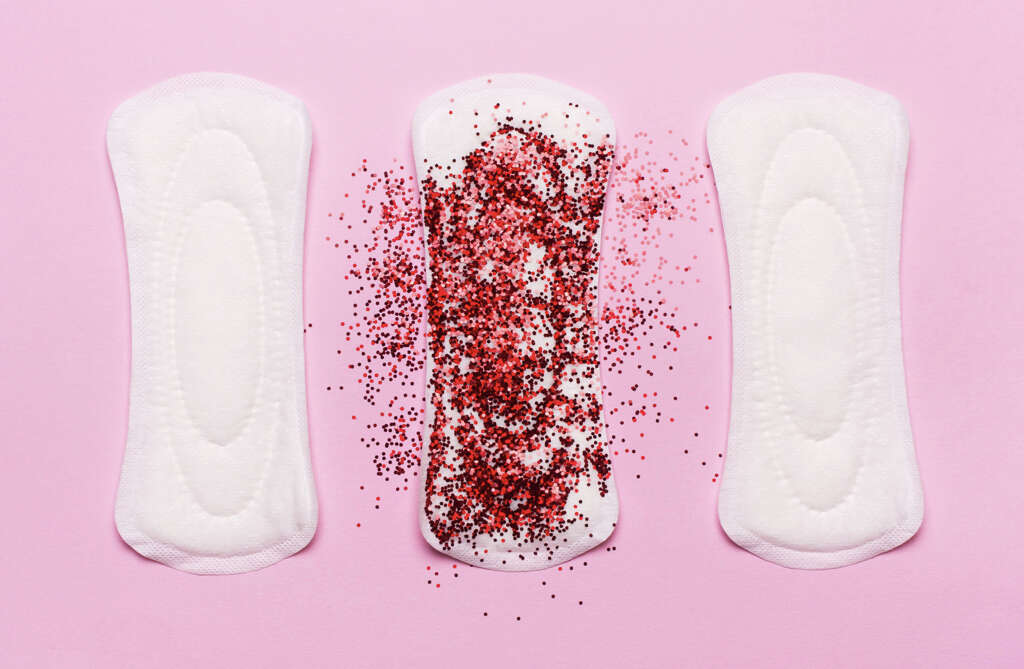
9. Prevention
Perhaps the most effective way to prevent iron deficiency anemia is to include the right foods in your diet. Thankfully, there is a wide range of foods that contain iron so most people should have little difficulty in getting enough. Getting plenty of vitamin C in your diet is also important because the vitamin helps the body to absorb iron.
Where possible, babies should be fed breast milk, and cow’s milk should be avoided. Milk formula made for babies will help ensure they get plenty of nutrients, but breast milk is still preferable. Iron dietary supplements can also help to prevent anemia in people that are unable to get enough iron in their bodies.
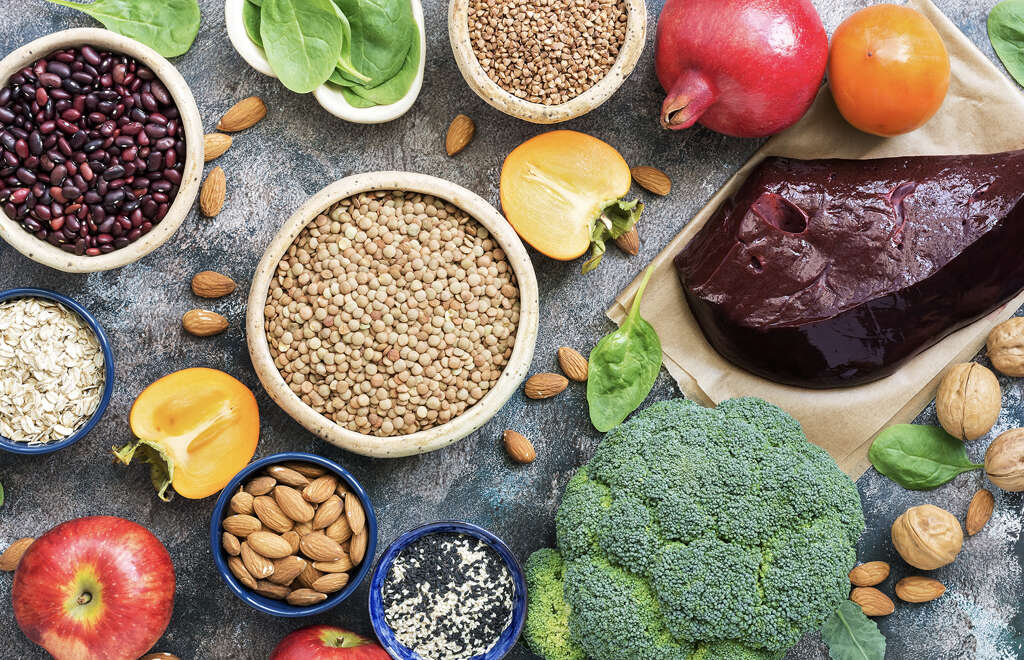
10. Treatment
In many cases, treating iron deficiency anemia simply means a change in appetite. This will also mean iron supplements for some patients. Iron supplements can have some negative side-effects, however, so you should always consult with a doctor first. This is especially the case where young children are concerned.
Some patients may need to have underlying causes treated also. This can mean treating ulcers and other issues that are causing internal bleeding. Medication or a change in diet to help manage certain issues with the digestive system may also be required. In a small number of cases, the patient may need to be given blood in order to raise their blood iron levels.
